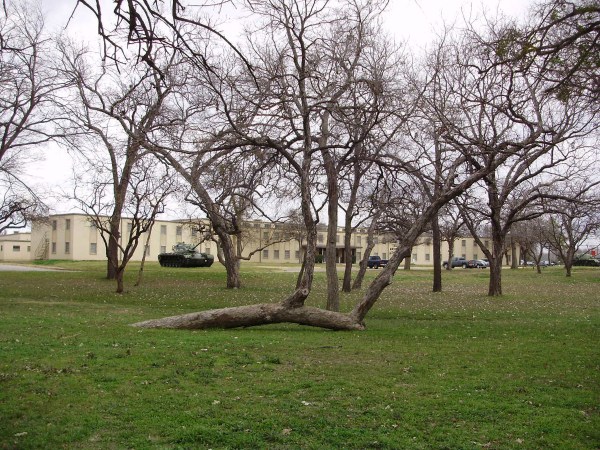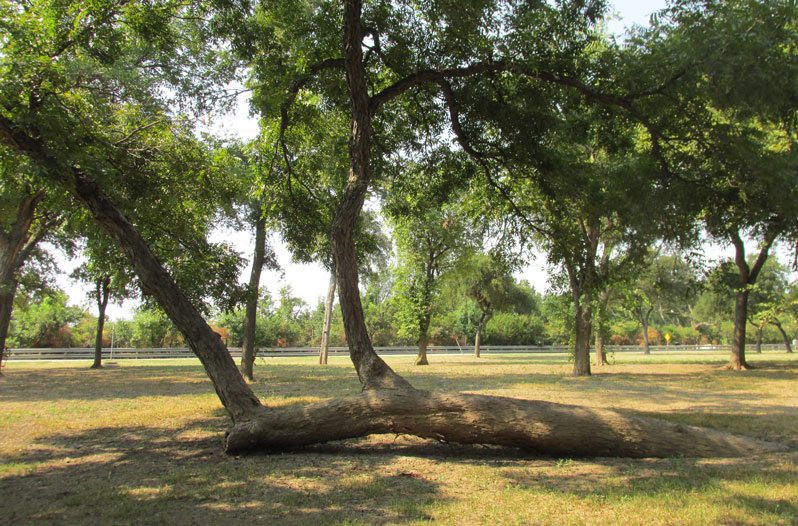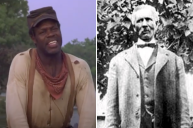In Holiday, Texas, a tiny town about an hour outside of Witchita Falls, there's a tree that looks a little funny. The trunk grows along the ground, with three branches growing upward. To the untrained eye, it just looks odd, but to the Comanche people who lived hundreds of years ago, it's a sign there's water nearby.
Videos by Wide Open Country
Comanche Marker Trees, as they're known, are a fascinating part of Texas history that three people are working to catalog. Hundreds of years ago Comanche tribes created landmarks by tying young tree saplings down until they grew horizontally.
Steve Houser, Linda Pelon, and Jimmy W. Arterberry collaborated to write a book on the subject: Comanche Marker Trees of Texas.
Houser is an Arborist, Pelon a professor of Anthropology, and Arterberry is the Tribal Historic Preservation Officer for the Comanche Nation.
So far the group has only positively identified nine of the special trees. They have files open on about 100 more, however.

The California Crossing Comanche Marker Tree points to the Trinity River. Photo: Steve Houser
Marker trees can point to several different landmarks. The Holiday tree points to a water source. One near Dallas signals a low-water crossing of a river. Another in Irving once marked the way to an old Comanche paint-rock quarry.
There are a few earmarks of a Marker Tree: first, it must be at least as old as the last Comanche tribes in the area (somewhere between 150-175 years old). Second, it must be bent in a way that makes it unlikely to have been done by nature. Third, the tree must have striations in the trunk indicating it was once held down by yucca rope.
If there are arrowheads or similar artifacts in the area, that's also an indicator of a marker tree.
When Houser and Pelon find such a tree, they send it to Arterberry who presents the findings to the Comanche Nation Tribal Council in Lawton, Okla.
"The typical settler would go right by," Houser told Texas Highways of the bent trees. "A Comanche would see it and follow it. Trees told them where to go to."




